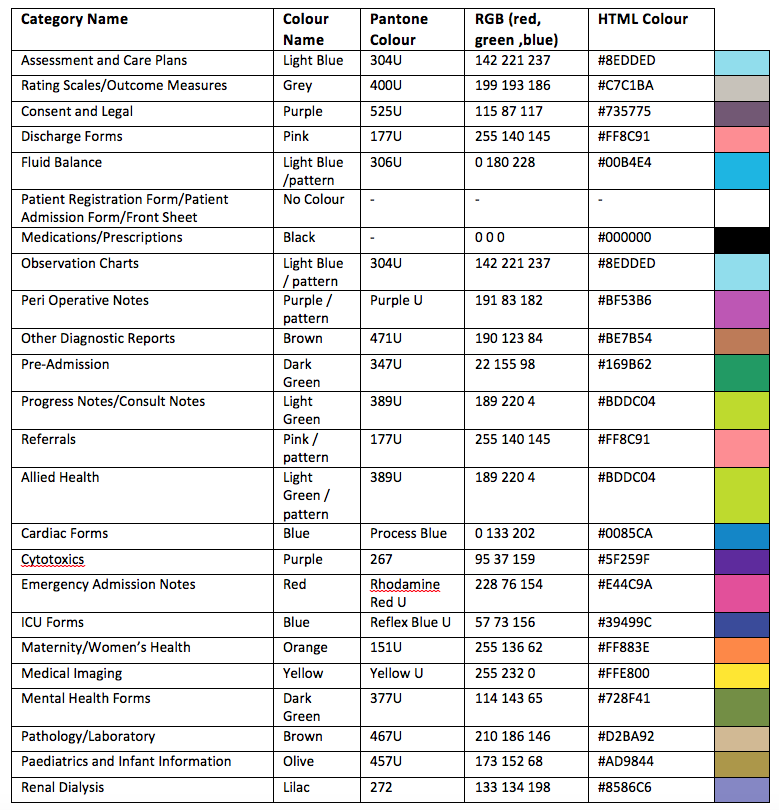How to transition to paperless medical records systems. [3 Tips]
 Transitional planning is crucial when making the move from your current paper based medical records system to a paperless one. For example, when to stop using one system and start using the other? What do you do with your current paper medical records? Should you scan them all into the new system? Scanning all your records could be a significant and costly task. Perhaps you can make the transition over a period of time, taking a staged approach. Are there other options?
Transitional planning is crucial when making the move from your current paper based medical records system to a paperless one. For example, when to stop using one system and start using the other? What do you do with your current paper medical records? Should you scan them all into the new system? Scanning all your records could be a significant and costly task. Perhaps you can make the transition over a period of time, taking a staged approach. Are there other options?
Every healthcare facility, medical clinic and consultancy is different: a method that suits one facility may not suit another. In fact, our customers have used a number of different strategies to make a successful transition.
So let’s take a look at some of the options.
1. Manually scan every single patient's medical record

There are a lot of digital medical records systems out there that require you to scan every single paper document you have into the new system. In fact, that’s how they work.
Not only is this a very manual and time consuming process, but because we are talking about patient records, the scanning process also needs to comply with AS2828.2 Health records - Part 2: Digitized (scanned) health record system requirements.
The standard has requirements for:
- Presentation and review of captured documentation
- Extraction and capture of data and metadata
- Access
- Storage
- Recovery
- Back-up
- Archiving
- Viewing
- Reproduction or other use of digitized images through stored metadata*
*Metadata is data that is captured in the properties of the scanned image. For example – when you take a photo with a digital camera, the camera records the time and date of creation, the location and the author. This is metadata.
The standard also requires that patient demographic information is displayed in the metadata of the scanned document. When printed, the record needs to comply with AS2821. and include a barcode that also meets the same standard.
No doubt this type of transition can be time consuming and complex. That said, this project can be simplified and made more efficient if you opt for a paperless medical records sytem that has inbuilt automatic AS2828.1 compliance.
2. Go Hybrid
Do you really need to scan all your patient medical records into your new paperless system? Perhaps you could just use the paperless system for new patients.
One of our customers is successfully running a hybrid system that works like this:
 Maintain paper medical records for existing patients only. Over time patients will not return and their records can be archived. As statuary retention requirements are fulfilled, records can be destroyed reducing the requirement for storage space.
Maintain paper medical records for existing patients only. Over time patients will not return and their records can be archived. As statuary retention requirements are fulfilled, records can be destroyed reducing the requirement for storage space.- Create a new digital patient medical record for every new patient. As a new patient is registered, a digital medical record is created.
The benefits are that you don’t have to worry about scanning multitudes of paper records, it is simple to use and requires fewer resources. Again choosing a paperless medical records system that automatically complies with the AS2828 standards will make you life even easier.
Moreover it will be music to your CFO and Practice Manager's ears to discover the:
- Savings on storage and archiving space
- Instant document retrieval
- Savings on courier and chart assembly costs
The disadvantage over the option of scanning everything is that you have to maintain storage for the remaining paper records and retrieve some existing records.
3. Create A Patient Summary
The third option is to create a patient summary record document that contains a summary of the patient’s treatment. This can then be inserted (attached or scanned) into each new digital patient record when it is created.
How does that work?
When a booking is made for an existing patient who has a paper medical record, you create a summary document that includes the patient's past diagnosis and treatment. You then create a digital medical record for the visit (episode) and insert the summary into to the digital record.
This way you can always refer to the paper medical record if required. The benefit of this system is that you only need to do this once. Once the summary document is made, you no longer need to retrieve the old paper record.
Like the previous option, you start to save on storage, archive, document retrieval, and courier and chart assembly costs.
Conclusion
Moving to a paperless (digital) medical records system has many benefits but the changeover can be complex. Careful consideration of the transitional strategy and what will work best in your scenario will streamline the process and make it easier for everyone.
Knowing all the options and planning a strategy that best suits your facility will have you realising the benefits sooner rather than later.



